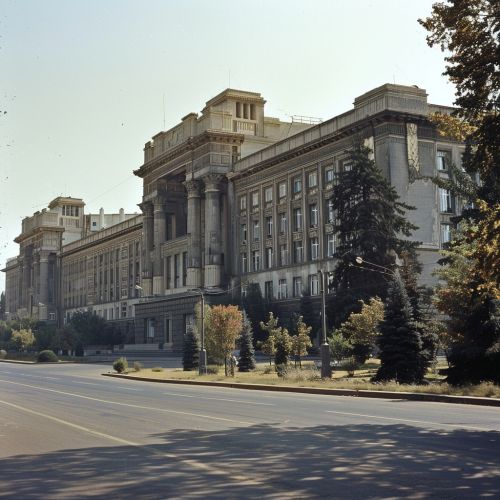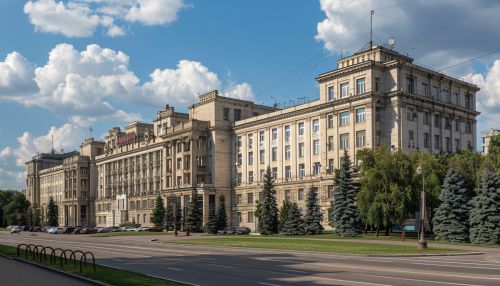Soviet Academy of Sciences
History
The Soviet Academy of Sciences was established in 1925 by a decree of the Central Executive Committee of the USSR. The Academy was tasked with conducting research in various scientific fields, coordinating the activities of other scientific institutions, and training scientific personnel. The Academy was the highest scientific institution in the USSR and was directly subordinate to the Council of Ministers.


Structure and Organization
The Soviet Academy of Sciences was organized into numerous specialized scientific institutes, each focusing on a particular field of research. These institutes were grouped into departments according to their scientific discipline, such as the Department of Physical and Mathematical Sciences, the Department of Chemical Sciences, and the Department of Biological Sciences. Each department was headed by a president, who was elected by the members of the department.
Scientific Achievements
The Soviet Academy of Sciences made significant contributions to various fields of science. In the field of physics, the Academy was instrumental in the development of quantum mechanics and nuclear physics. In the field of chemistry, the Academy made significant advancements in the synthesis of organic compounds. In the field of biology, the Academy conducted pioneering research in genetics and molecular biology.
Influence and Legacy
The Soviet Academy of Sciences had a profound impact on the scientific and technological development of the USSR. Its research and discoveries played a crucial role in the Soviet Union's industrialization, military capabilities, and space exploration efforts. The Academy's influence extended beyond the borders of the USSR, as its research was recognized and respected worldwide.
